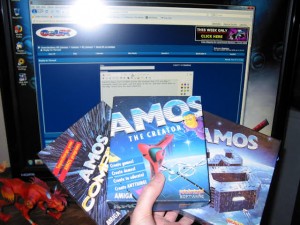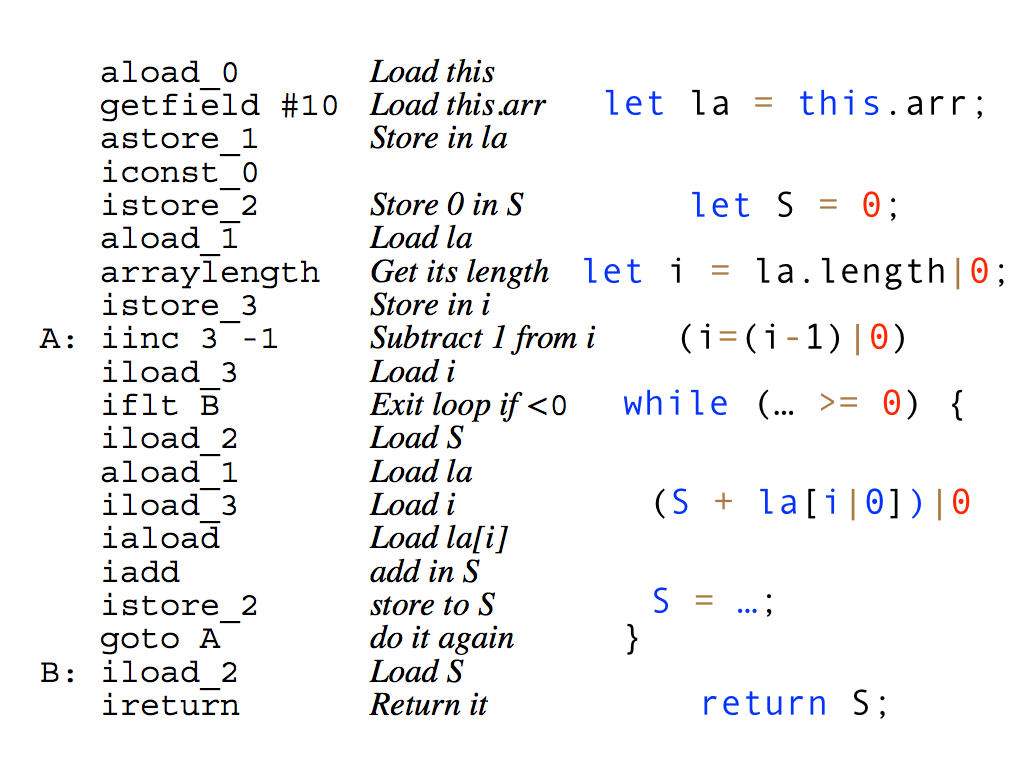Last October we thought that we have version 2.2 all but ready, but then users found some hard to fix problems and our schedule plan got heavily delayed into the 2016. Of course we spent all this time improving Smart in all its aspects and we added a ton of fixes and even some small new features. So now – when the original problems are fixed – we decided to release yet another beta. Hopefully this will be the last one.
If you are already running the beta-4, you can just start the SmartUpdate program and it will fetch the new version. Otherwise, you should follow the detailed instructions outlined in the beta-1 announcement.

 In the last article we have focused on how to use Cordova to
In the last article we have focused on how to use Cordova to 

